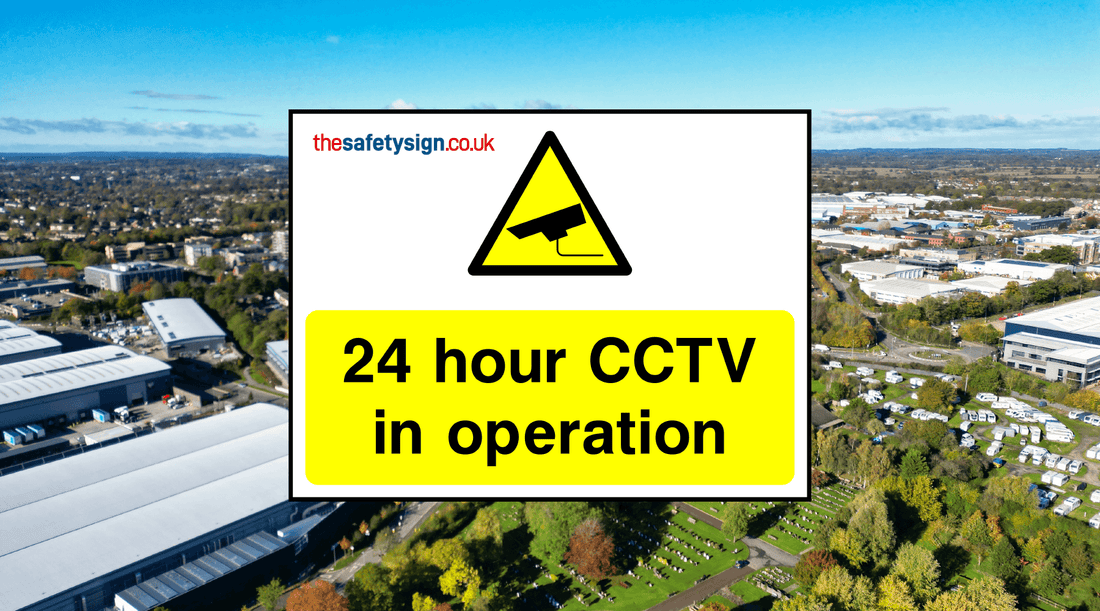
Do I Need CCTV Signs on Commercial Property?
Share
Understanding the Legal Requirements
When installing CCTV on commercial property, it is essential to adhere to specific legal requirements to ensure compliance with data protection laws and to respect individuals' privacy. Here's a detailed overview of why you need CCTV signs and what regulations apply in the UK.
Why Are CCTV Signs Necessary?
CCTV signs are crucial for several reasons:
- Legal Compliance: Under the General Data Protection Regulation (GDPR) and the Data Protection Act 2018, businesses must inform individuals that they are being recorded. This is done by displaying clear and visible CCTV signs.
- Transparency: Signs enhance transparency, letting people know why CCTV is in use and who operates the system.
- Deterrence: Visible CCTV signs can deter potential criminal activities, contributing to the security of the premises.
Key Regulations for CCTV Use
Registration with the ICO
Businesses using CCTV must register as a CCTV operator with the Information Commissioner's Office (ICO). This registration ensures that businesses are accountable for the data they collect and process.
Data Protection Impact Assessment
Before installing CCTV, conduct a Data Protection Impact Assessment (DPIA). This assessment helps identify and mitigate privacy risks associated with the surveillance system.
Signage Requirements
- Visibility and Clarity: CCTV signs should be clearly visible and readable, informing individuals that CCTV is in operation. The signs must include the purpose of the surveillance and contact details of the operator.
- Appropriate Placement: Place signs at the entrance of the monitored area and at intervals within the premises to ensure they are seen by anyone entering the area.
- Content: The signage should state that CCTV is in use, the purpose of the monitoring (e.g., security), and provide contact information for further inquiries.
Additional Responsibilities
- Data Retention: CCTV footage should only be kept for as long as necessary, typically up to 30 days, unless required for an investigation.
- Access Requests: Individuals have the right to request access to their recorded footage. Businesses must provide this footage within one calendar month.
- Restricted Access: Limit access to CCTV footage to authorised personnel only to maintain data security.
Practical Steps for Compliance
- Install Appropriate Signage: Ensure all entry points to the monitored area have visible signs.
- Conduct Regular Audits: Periodically review your CCTV system and signage to ensure ongoing compliance with legal standards.
- Staff Training: Train staff on CCTV policies, including handling access requests and maintaining data security.
Conclusion
Displaying CCTV signs on commercial property is not only a legal requirement but also a best practice for ensuring transparency and enhancing security. By following the regulations set out by the ICO and GDPR, businesses can protect their premises while respecting individuals' privacy.
For more detailed guidance, refer to the latest regulations from the Information Commissioner's Office and consult with a data protection officer if necessary.
